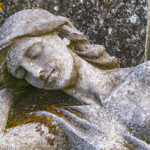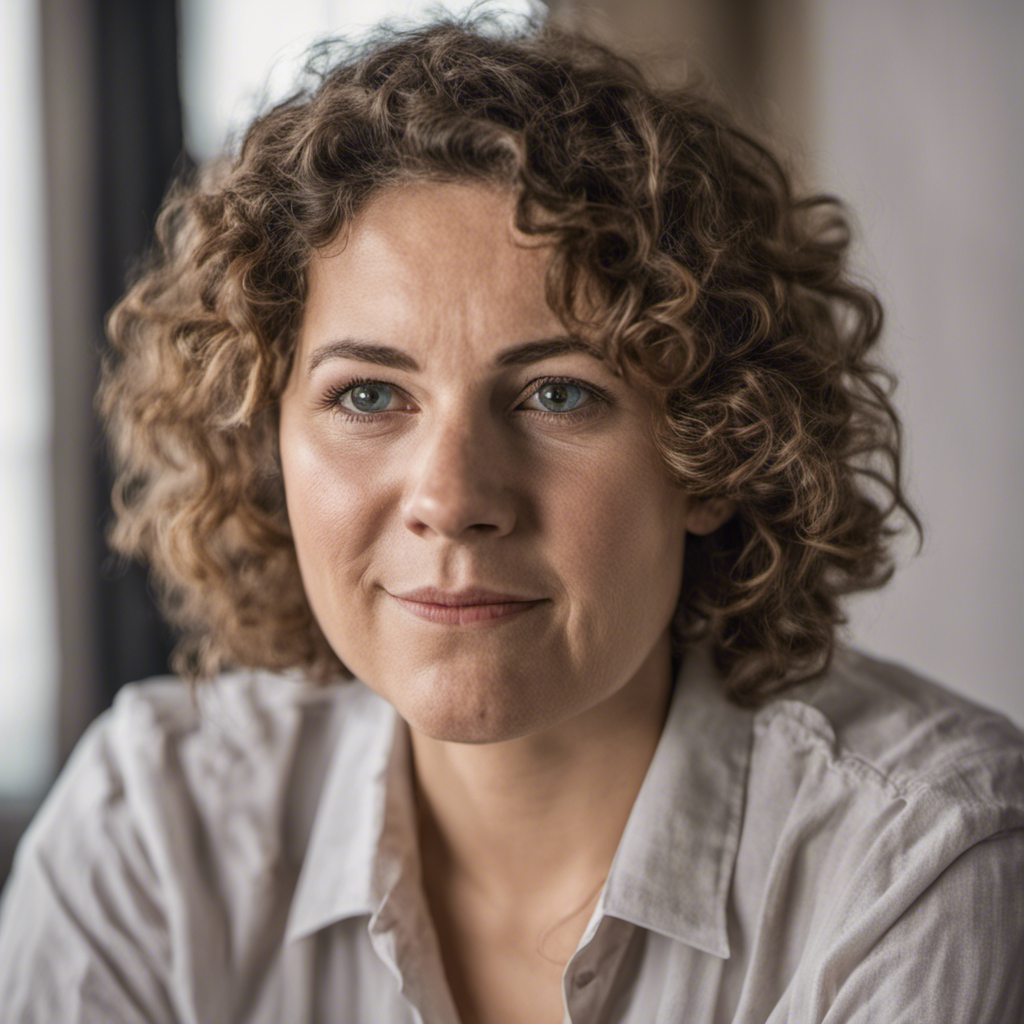Memorials and Monuments: Preserving History, Honoring Sacrifice, and Inspiring Reflection
In the heart of every city, town, or village, there are silent witnesses that bear witness to the triumphs, tragedies, and transformations of human history. Memorials and monuments stand tall, etched with the stories of the past, reminding us of the sacrifices made, the struggles endured, and the lessons learned. These enduring structures serve as a bridge between generations, connecting us to our roots, and inspiring us to shape a better future. Let us delve into the world of memorials and monuments, exploring their significance, the emotions they evoke, and the role they play in our collective consciousness.
The Power of Remembrance: An Eternal Tribute
Memorials and monuments serve as a testament to the lives lost, the battles fought, and the achievements celebrated. They are physical manifestations of collective memory, preserving history for generations to come. These structures commemorate individuals, groups, or events that hold great importance in shaping our society. As we stand before them, we are transported back in time, feeling a deep connection to those who came before us.
Personal Experience: I vividly remember visiting the Vietnam Veterans Memorial in Washington, D.C. The towering black wall etched with the names of fallen soldiers brought tears to my eyes. It was a powerful reminder of the sacrifices made during the Vietnam War and the impact it had on countless lives. The memorial served as a solemn space for reflection, allowing me to pay my respects and gain a deeper understanding of the profound loss suffered by so many.
Healing and Closure: A Place of Solace
Memorials and monuments have the power to heal wounds, both physical and emotional. They provide solace to those who have experienced loss or trauma, offering a space to grieve, remember, and find closure. These structures become sacred spaces, where individuals can honor their loved ones, find comfort in shared experiences, and seek solace in the presence of others.
Personal Experience: During a visit to the 9/11 Memorial in New York City, I witnessed firsthand the healing power of a memorial. The cascading waterfalls symbolizing the Twin Towers brought a sense of calm amidst the bustling city. People from all walks of life came together, sharing stories, shedding tears, and finding solace in the collective grief. It was a humbling reminder of the resilience of the human spirit and the importance of coming together in times of adversity.
Commemorating Heritage: Celebrating Diversity and Identity
Memorials and monuments not only honor individuals or events but also celebrate the rich tapestry of cultures and identities that shape our world. They serve as a symbol of unity, fostering a sense of pride and belonging among diverse communities. These structures highlight the contributions of different ethnicities, religions, and social groups, promoting inclusivity and understanding.
Personal Experience: During a trip to India, I was awestruck by the grandeur of the Taj Mahal. This architectural marvel, built as a mausoleum for the emperor’s wife, celebrates the beauty of Mughal architecture and stands as a testament to love and devotion. It was a powerful reminder of the cultural heritage that defines India and the importance of preserving and appreciating diverse identities.
Educating Future Generations: Lessons Carved in Stone
Memorials and monuments play a pivotal role in educating future generations about the triumphs and tragedies of the past. They serve as outdoor classrooms, offering an immersive experience that brings history to life. These structures spark curiosity, encourage dialogue, and ignite a desire to delve deeper into the stories behind them, fostering a sense of historical consciousness among the youth.
Personal Experience: As a child, I visited the Holocaust Memorial in Berlin. The stark contrast of the concrete slabs and the eerie silence left an indelible mark on my young mind. It was a powerful lesson in the horrors of the Holocaust and a stark reminder of the importance of tolerance and acceptance. The memorial sparked a lifelong interest in history and a commitment to promoting peace and understanding.
In summary, memorials and monuments hold immense significance in our society. They serve as eternal tributes, commemorating lives lost and achievements celebrated. They provide solace, healing wounds and offering closure to those affected by tragedy. They celebrate diversity and inclusivity, promoting a sense of pride and unity. Lastly, they educate future generations, ensuring that the lessons of the past are never forgotten. Let us cherish these structures, for they are not mere stones, but the guardians of our collective memory.













